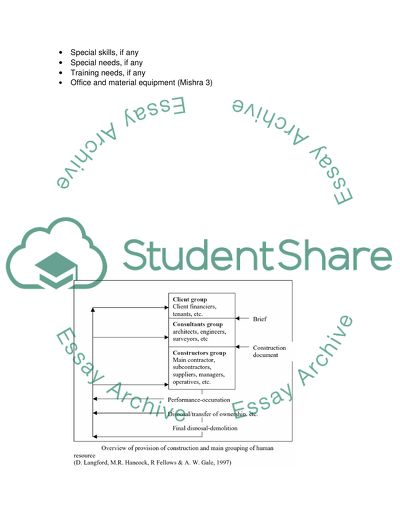Cite this document
(The Deployment of Human and Financial Resources Assignment, n.d.)
The Deployment of Human and Financial Resources Assignment. Retrieved from https://studentshare.org/human-resources/1508580-construction-best-practice-programme
The Deployment of Human and Financial Resources Assignment. Retrieved from https://studentshare.org/human-resources/1508580-construction-best-practice-programme
(The Deployment of Human and Financial Resources Assignment)
The Deployment of Human and Financial Resources Assignment. https://studentshare.org/human-resources/1508580-construction-best-practice-programme.
The Deployment of Human and Financial Resources Assignment. https://studentshare.org/human-resources/1508580-construction-best-practice-programme.
“The Deployment of Human and Financial Resources Assignment”, n.d. https://studentshare.org/human-resources/1508580-construction-best-practice-programme.


